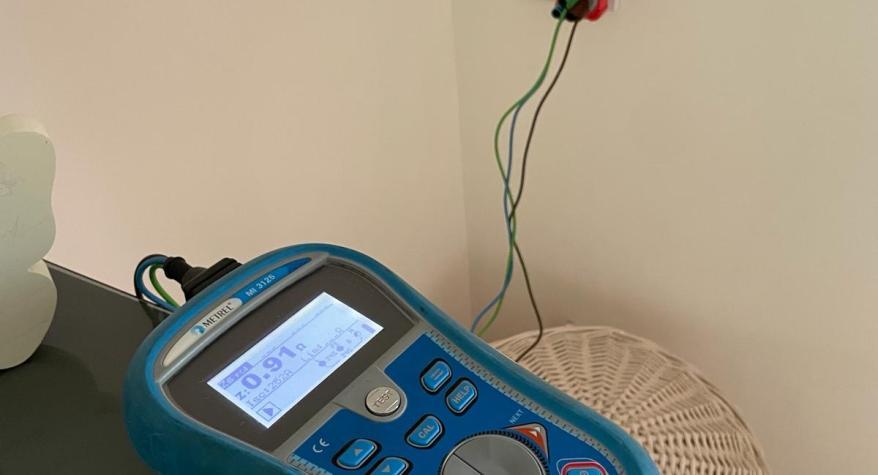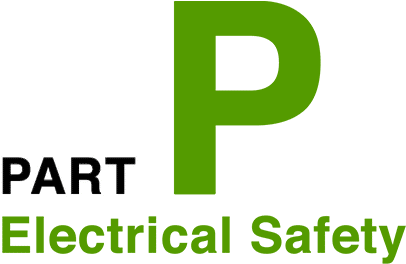Electrical Installation Condition Reports (EICRs) are vital for ensuring your home in Leeds is safe and compliant, yet several misconceptions about them still persist. In this blog, we’ll clear up some of the biggest myths around EICRs, including the time involved, what's required for a thorough inspection, and the costs of skipping this crucial assessment.
Myth 1: EICRs Are Quick and Simple
Fact: A properly conducted EICR of your Leeds property is far from a quick scan. A reliable report requires a thorough inspection and testing of your electrical installation to ensure everything meets current safety standards. The process may take several hours depending on the size and complexity of the property, and it involves checking every circuit, fixture, and connection. Rushing the process compromises safety and accuracy, which is why a professional, detailed approach is essential.
Myth 2: EICRs Just Involve Visual Checks
Fact: EICRs involve both visual checks and hands-on testing. While the visual assessment is essential, as it reveals obvious wear and tear or outdated accessories and wiring, the electrical testing provides the critical data needed to detect hidden faults and potential hazards. From testing circuit breakers to insulation resistance, an EICR goes deep into the system’s integrity, uncovering issues that may not be visible on the surface.
Myth 3: Understanding EICR Codes is Complicated
Fact: The EICR system of codes may seem confusing, but each code has a clear meaning:
- C1 (Immediate Danger): Immediate action is required. A C1 rating means there is an imminent risk of electric shock or fire.
- C2 (Potential Danger): This code highlights issues that could lead to a hazard if left unaddressed. Remedial work should be carried out to prevent future risks.
- C3 (Improvement Recommended): A C3 rating indicates that the installation is safe but could benefit from updates to enhance its safety or efficiency. It’s non-urgent but advisable.
- FI (Further Investigation Required): If a problem cannot be fully diagnosed on the spot, an FI code will be assigned, calling for a more in-depth review.
These codes help property owners in Leeds understand the safety and urgency of any identified issues, making the report actionable and clear.
Myth 4: EICRs Are an Unnecessary Expense
Fact: The cost of not having an EICR done can far exceed the price of the report itself. Without regular inspections, underlying faults in your system could go undetected, potentially leading to expensive repairs or replacements down the line. More importantly, undiagnosed issues could lead to electrical fires or accidents, endangering lives and increasing liability. Additionally, for landlords, EICRs are required by law to ensure tenant safety, and failure to comply can result in fines and legal consequences.
Why an EICR Is Worth Every Penny
An EICR ensures your property’s electrical system is safe, reliable, and up to current standards. When done correctly, it protects both occupants and assets, providing peace of mind and compliance with safety standards. By debunking these myths and understanding what goes into a proper EICR, property owners can make informed decisions, prioritize safety, and avoid unnecessary risks.
EICR Leeds
Let Duravault be your trusted partner in electrical safety. We offer thorough, professional EICRs that adhere to all industry standards, ensuring a safe and efficient electrical system for your home in Leeds. Contact us to learn more.




